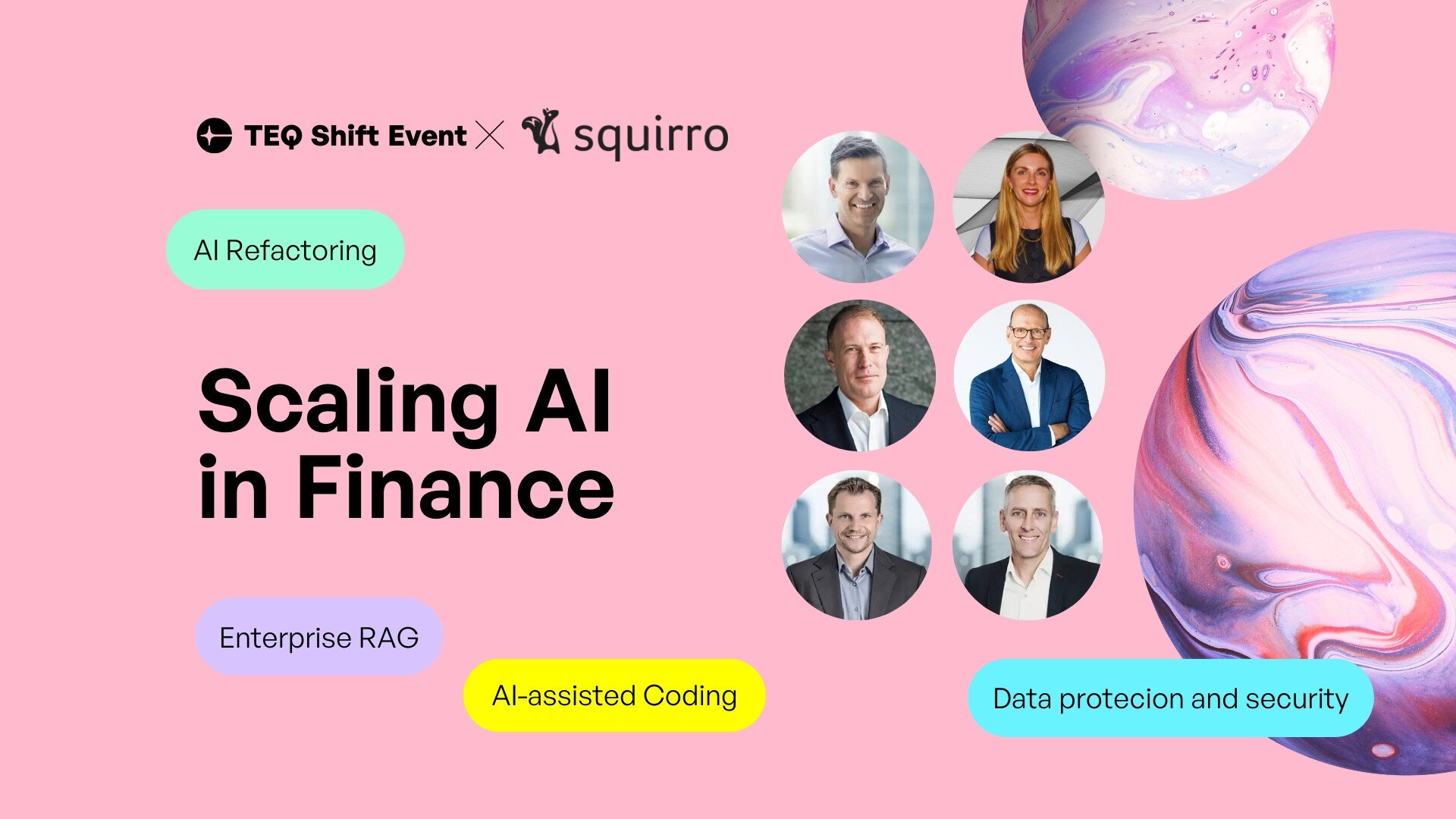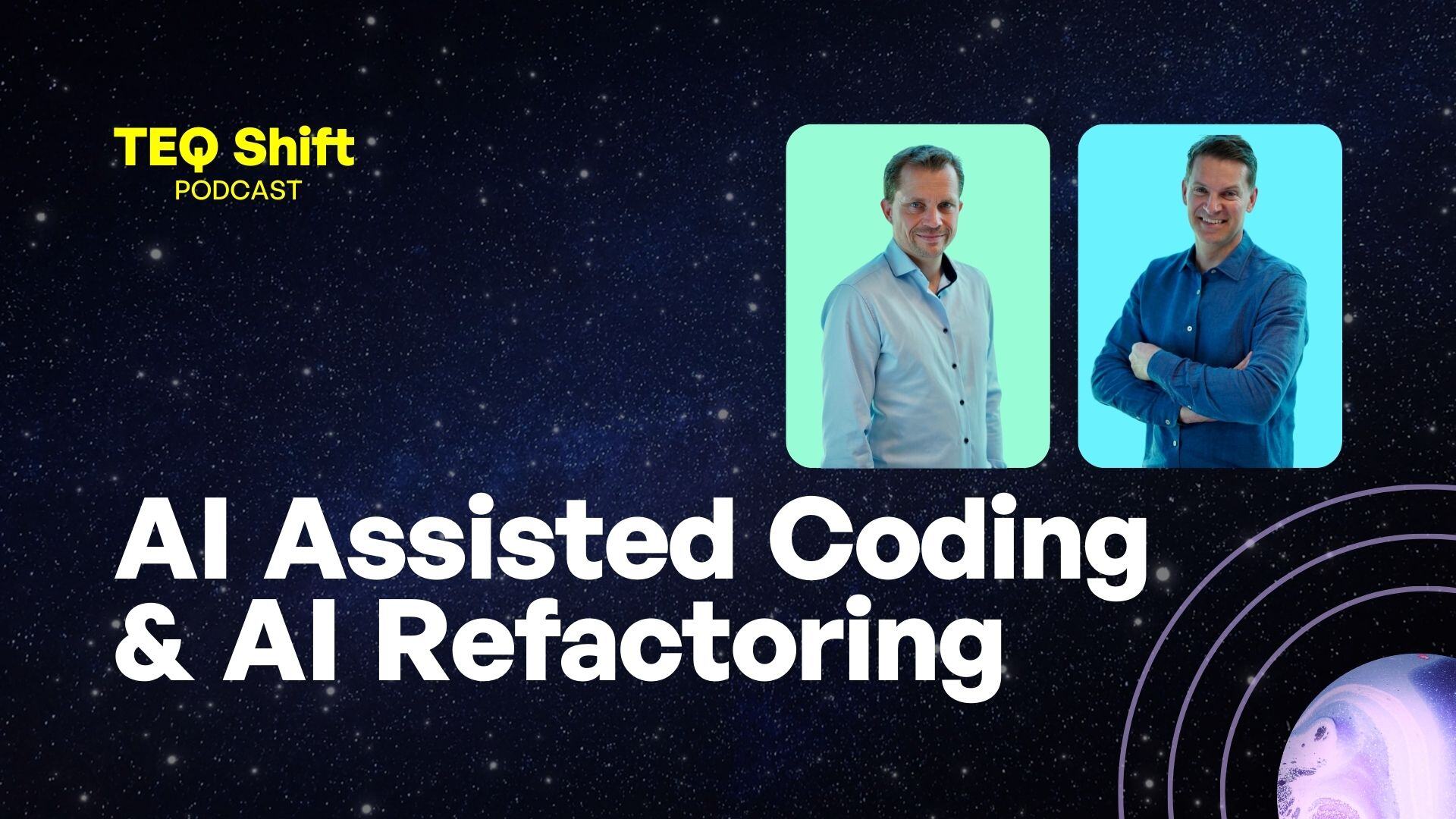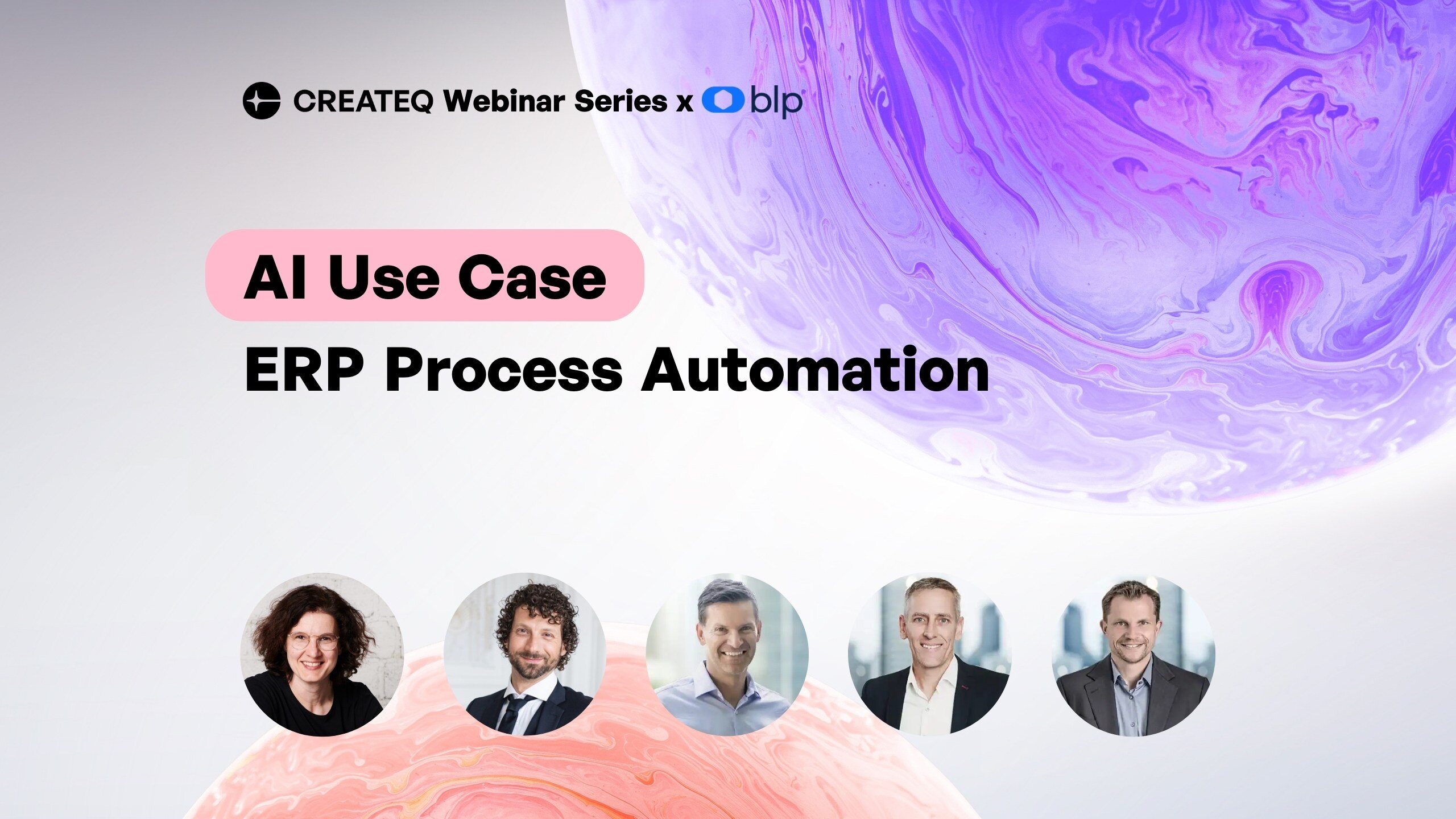AI is not just a buzzword - it is changing financial IT from the ground up. From the modernisation of old systems to AI-supported coding to enterprise-grade Retrieval Augmented Generation (RAG) for optimised data processing.
The financial sector is at a turning point. Many companies' IT infrastructures are outdated, expensive to maintain and hold back innovation. While markets are developing rapidly and regulatory requirements are increasing, IT often remains a drag.
However, technological progress offers solutions: Artificial intelligence (AI) can not only transform IT processes but also take data protection, security, and compliance to a new level.
Key takeaways
-
AI refactoring - modernise legacy code, automate compliance & increase performance.
-
AI-powered coding - How Bolt.new, Replit, Cursor.ai and GitHub Copilot are transforming financial development.
-
Regulatory & Security Challenges - Navigating compliance, governance & secure AI coding.
-
Live Demos - Experience how AI creates an application & optimises data workflows with RAG.
Software modernisation with AI
Old software eats up budgets, slows down innovation and makes life difficult for IT teams. Despite this, many companies continue to rely on outdated systems - for fear of the cost, the effort or simply out of habit. But here's the truth: legacy IT is a ticking time bomb and AI-supported refactoring is the answer.
AI Refactoring: Why IT Departments Are in Maintenance Mode
Many financial companies invest the majority of their IT budget in maintaining existing systems - often up to 80%. The reason: legacy software has grown over the years, is highly customised and often incompatible with modern technologies. As a result, manual code adaptations are time-consuming, error-prone, and expensive. At the same time, supervisory authorities are demanding ever stricter security and compliance measures, which further complicates the modernisation process.
A traditional approach to IT modernisation is to gradually replace old systems or develop completely new ones. However, this is not only expensive, but also risky. This is where AI refactoring comes into play.
Instead of laboriously revising the code line by line or completely rewriting it, AI takes over: it scans existing systems, detects inefficient or unsafe areas of code and optimises them automatically. In this event recording, you will experience first-hand how the leap from low/no code to AI-supported coding and finally to AI refactoring succeeds. And that's not all - the use of Retrieval Augmented Generation (RAG) for enterprise search is also a game changer here.
From No/Low Code to AI-Powered Coding: New Tools for Developers

In recent years, no-code and low-code platforms have established themselves as solutions. They enable faster application development, reduce manual work and offer a certain degree of flexibility. However, they are often not sufficient for complex, business-critical IT systems.
AI-assisted coding goes one step further. By using AI, code can not only be generated automatically, but also optimised and refactored. Tools such as Bolt.new, Replit, Cursor.ai and GitHub Copilot analyse existing code, identify inefficient structures and suggest improvements.
One particularly exciting approach is Retrieval Augmented Generation (RAG). This technology makes it possible to use existing knowledge efficiently to modernise existing software landscapes step by step instead of completely rebuilding them. This means,
-
Faster IT modernisation without complete redevelopment
-
Automatic detection and elimination of code vulnerabilities
-
Optimization of performance through AI-supported architecture improvements
Mastering Regulatory & Security Challenges
Yes, AI-supported coding also brings challenges: data protection, governance, regulatory requirements. But with the right approaches, the risk can be minimized:
- Strict AI governance: defined processes to build compliance and security into the code.
- Automated security checks: AI can detect and rectify vulnerabilities directly.
- Explainable AI: Transparency in code generation ensures that regulatory requirements are met in a comprehensible manner.
AI Engineered for Data Protection, Security, and Precision at Scale
While AI-supported refactoring relieves the burden on IT departments, one key question arises: how can security and compliance be guaranteed? The financial industry is one of the most heavily regulated sectors of all - from GDPR and BaFin requirements to industry-specific security standards.
Dorian Selz from Squirro and his team have shown how Enterprise RAG can serve as a solution to these challenges. Instead of using uncontrolled data for AI models, it uses a structured architecture that ensures security and precision.
Three central components of Enterprise RAG:
-
Structured data processing: AI only receives contextually relevant, authorized data for analysis - no “data dumping” without control.
-
Security-first architecture: Company-specific compliance rules are integrated directly into the process.
-
Precision through AI: Automated validations and audit functionalities prevent incorrect decisions.
Act now before the market does it for you
The time for wait-and-see hesitation is over. Companies that hold on to their old systems not only lose efficiency, but also expose themselves to greater risk in the long term - be it through rising maintenance costs or regulatory penalties. AI refactoring and enterprise RAG offer a strategic response to these challenges.
Now is the time for financial organisations to take action: secure, scalable and AI-powered IT is no longer a vision of the future - it is achievable today.
Companies that postpone their IT modernisation not only risk rising costs, but also lose their ability to innovate. The technology is there - the only question is when you are ready to use it. AI refactoring is no longer a dream of the future, but the solution for high-performance, secure and compliant IT.




